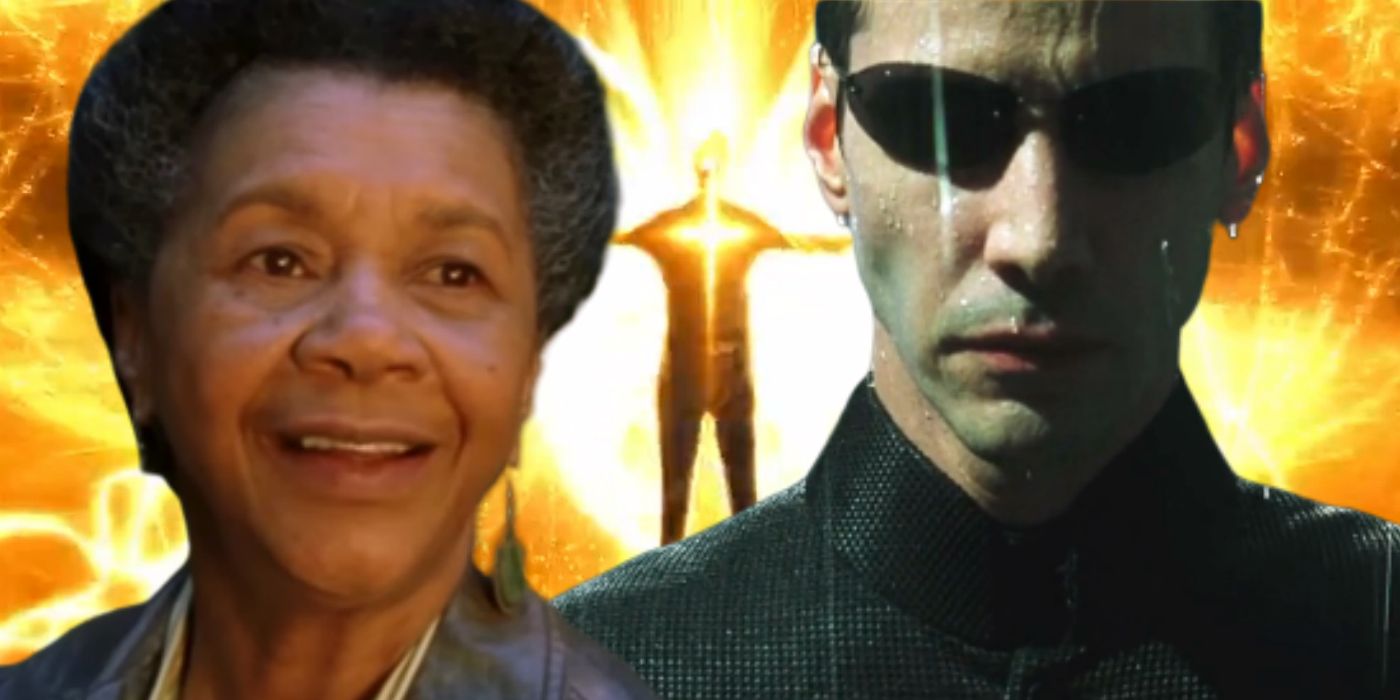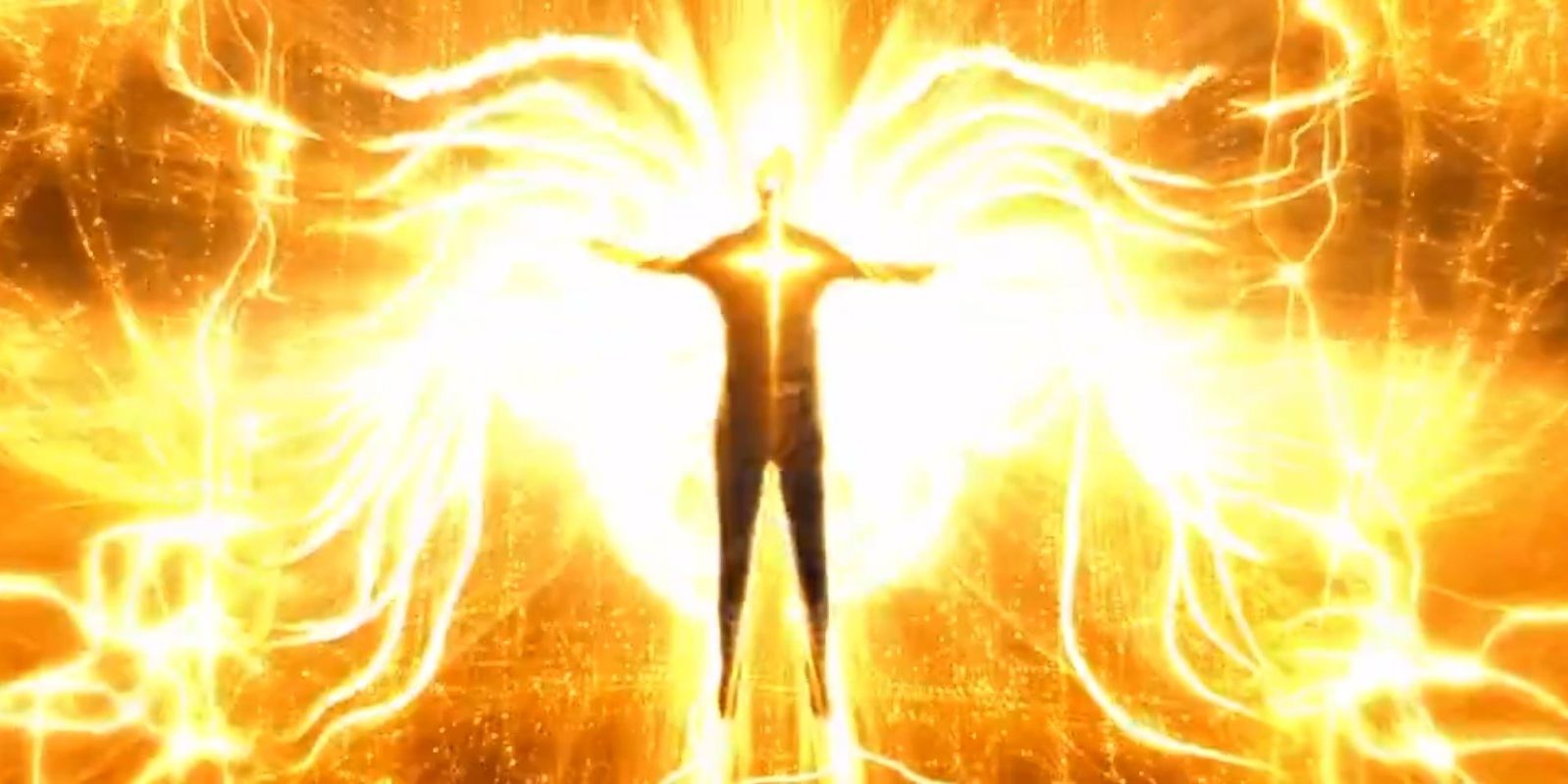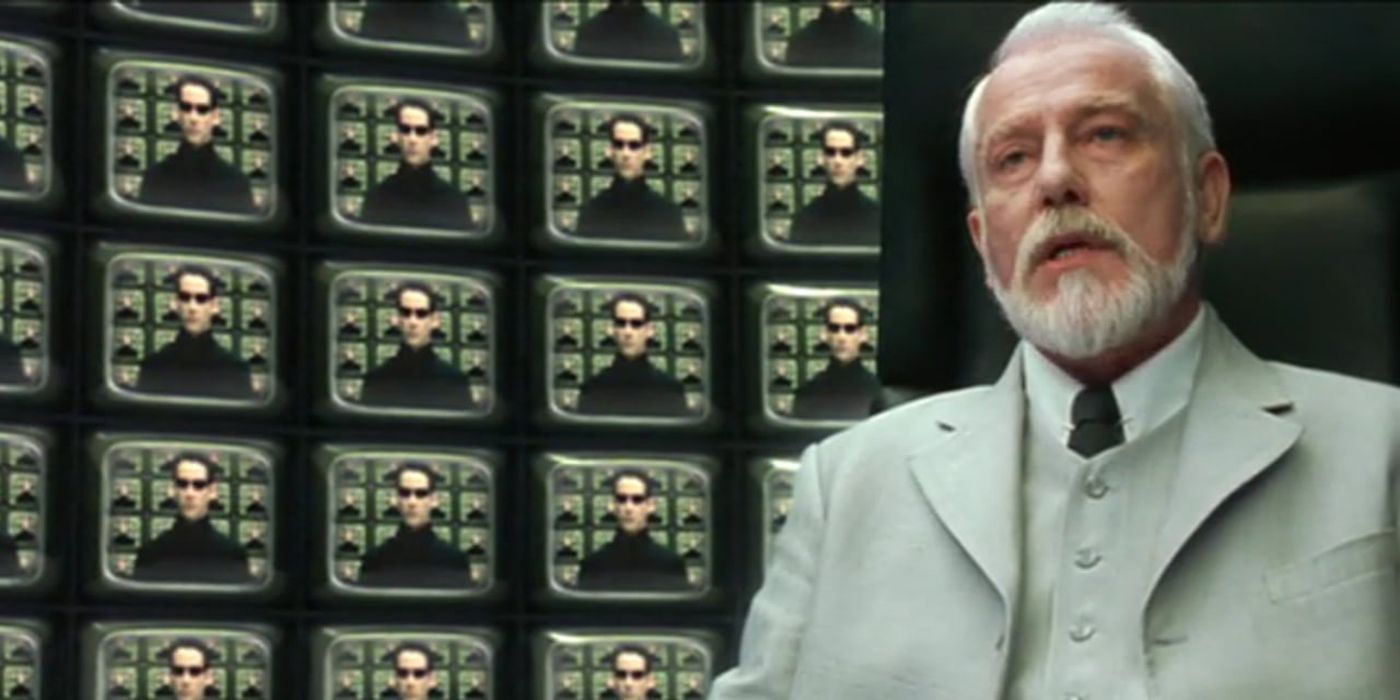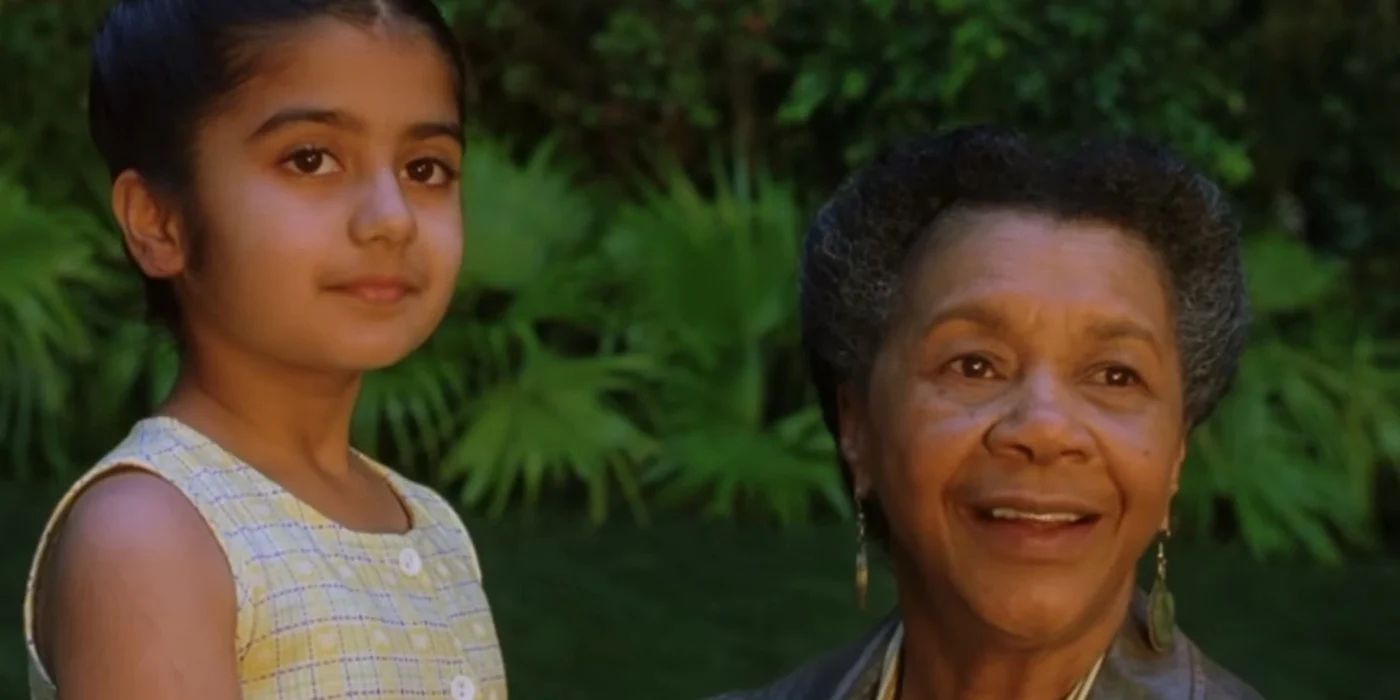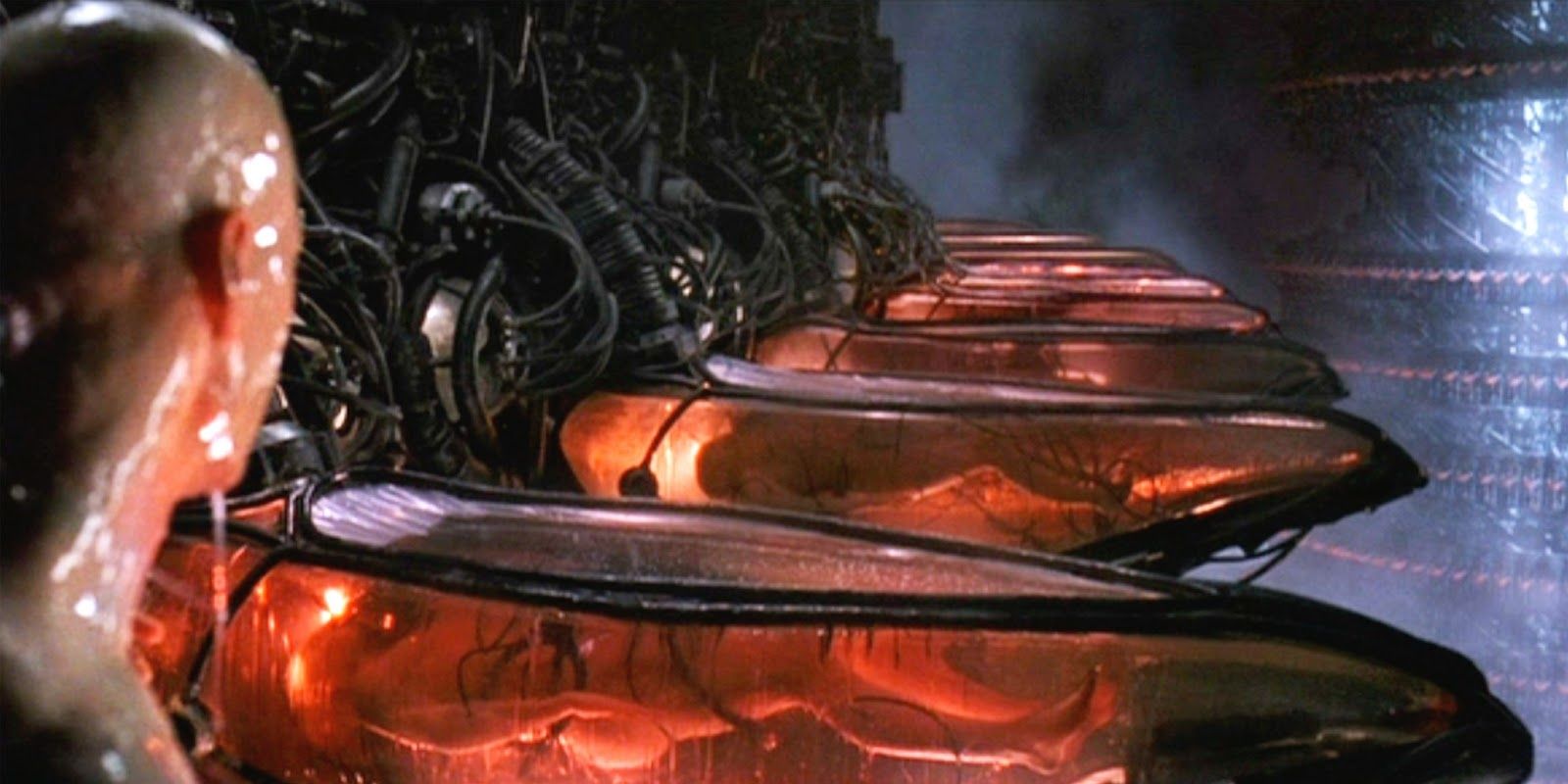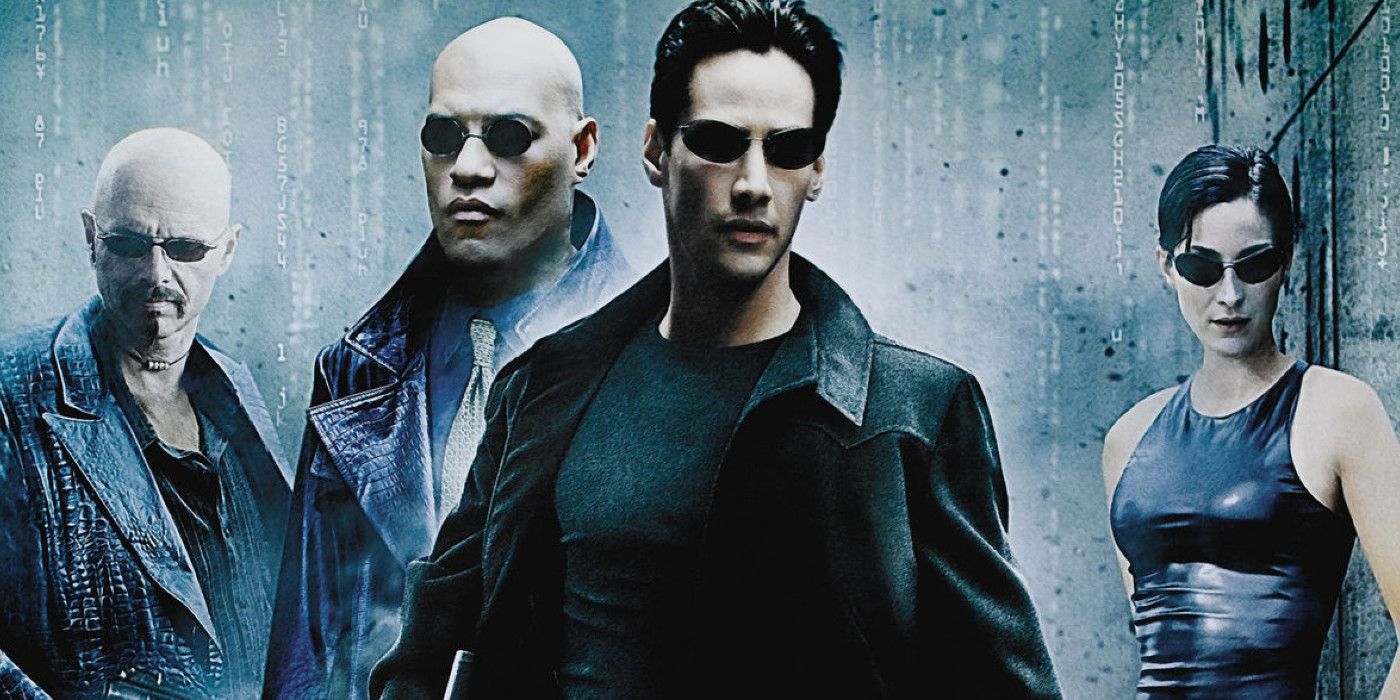Summary
- Neo's sacrifice in The Matrix Revolutions solidifies his role as a Christ-like figure with Buddhist teachings intertwined, breaking the cycle of destiny.
- The Architect vs. the Oracle's conflict in The Matrix Reloaded reveals opposing philosophies of choice and human understanding within the Matrix.
- Sati in The Matrix Revolutions represents the impact of Neo's love on the programs, hinting at a future of free will and change in the Matrix.
The Matrix is one of the most complex and layered stories in film history, and the ending of the original trilogy has been heavily disputed ever since the release of 2003's The Matrix Revolutions. The Matrix follows Neo, a young hacker who discovers that his reality is actually a simulation controlled by sentient machines, with humanity embroiled in a desperate war for their freedom. After finding out that he can manipulate the internal coding of the Matrix for his own purposes, Neo discovers that he's actually "The One," a prophesied messiah destined to save humanity and end the war.
The ending of The Matrix Revolutions has always been fiercely debated. Neo sacrifices himself at the end of the original Matrix trilogy, enlisting the help of the machines to defeat Agent Smith and save the Matrix. The logistics of this sacrifice, as well as the perceived meaning in a saga so heavily defined by religious symbolism, have been disputed for many years. While the meaning of Neo's sacrifice may not have been bow-tied and handed to the general audience, the ending of The Matrix subtly explained why Revolutions had to end the way it did (and set up Resurrections).
All four movies in The Matrix franchise are available to stream on Max.
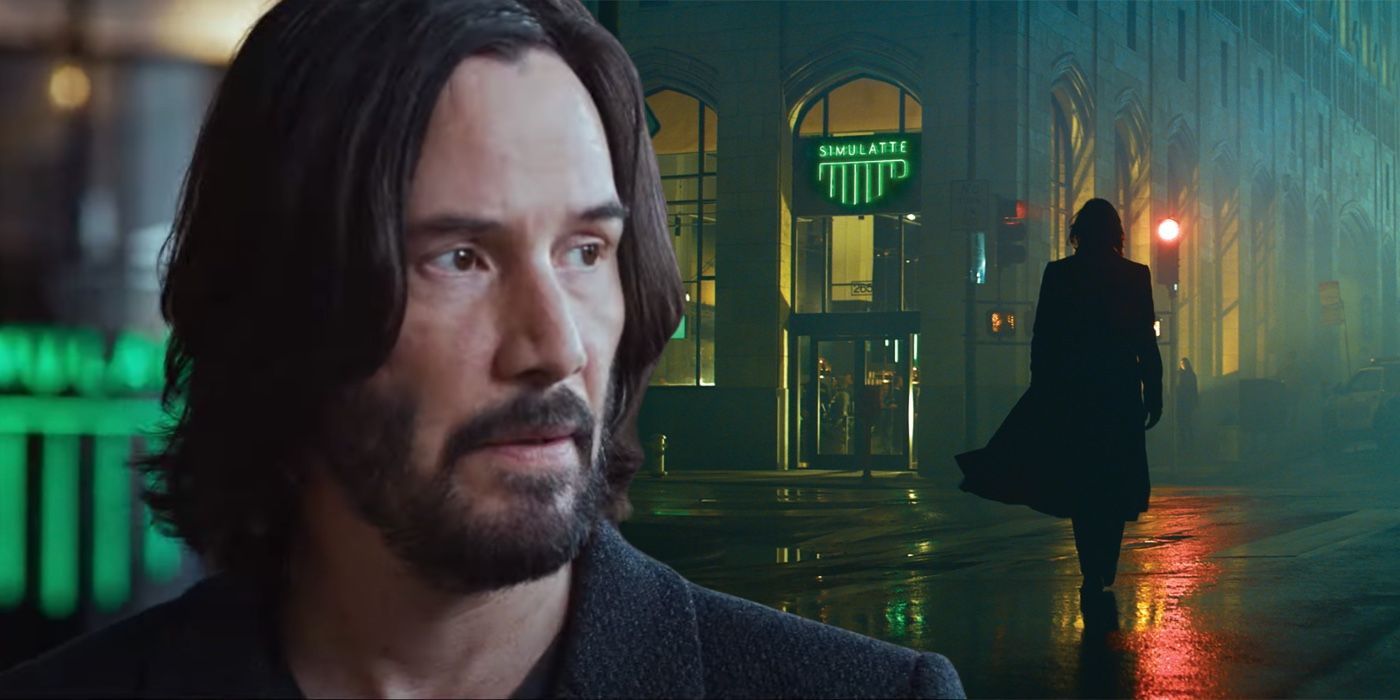
The Matrix 5: Confirmation & Everything We Know
The Matrix Resurrections ended on a somewhat ambiguous note, which opened the door for the franchise to continue in the recently announced Matrix 5.Why Neo Had To Die In The Matrix Revolutions
The Death Of Neo Was Essential To Rebooting The Matrix
At the end of the first movie in The Matrix trilogy, Neo is seemingly killed after an intense fight with Hugo Weaving's Agent Smith, a program created by the machines to police and control the Matrix. However, Trinity's love revives Neo and he, in essence, conquers death, embracing his newfound skills as the prophesied hero and defeating Agent Smith with ease.
While it appears that Smith dies in a brilliant explosion of light, Neo discovers in The Matrix Reloaded that Smith has also been reborn with the ability to assimilate programs currently residing in the Matrix. This is a huge problem inadvertently created by Neo, with his defeat of Smith in the first film imprinting part of Neo's being onto the Agent which grants him a set of Matrix-warping abilities.
The penultimate scene of The Matrix Revolutions sees Neo jacking into the Matrix one last time, where he and Agent Smith engage in a cataclysmic battle.
In The Matrix Revolutions, Smith's abilities are pushed to their limit as he assimilates more and more victims, including Seraph and, inevitably, The Oracle. The penultimate scene of The Matrix Revolutions sees Neo jacking into the Matrix one last time, where he and Agent Smith engage in a cataclysmic battle. Neo quickly realizes that he and Smith are evenly matched, and he allows Smith to assimilate him.
It's here that Neo's Christ parallels come full circle, as he sacrifices himself by instructing the machines to surge his body with energy in the real world. While this causes the desired effect and defeats Smith, Neo's death also causes a total continuity reboot of the Matrix. This recalibration at the climax of The Matrix trilogy implies that there will be a lasting era of peace, one in which humans will be able to choose to leave the Matrix if they so desire, that is seemingly akin to biblical ideals of faith.
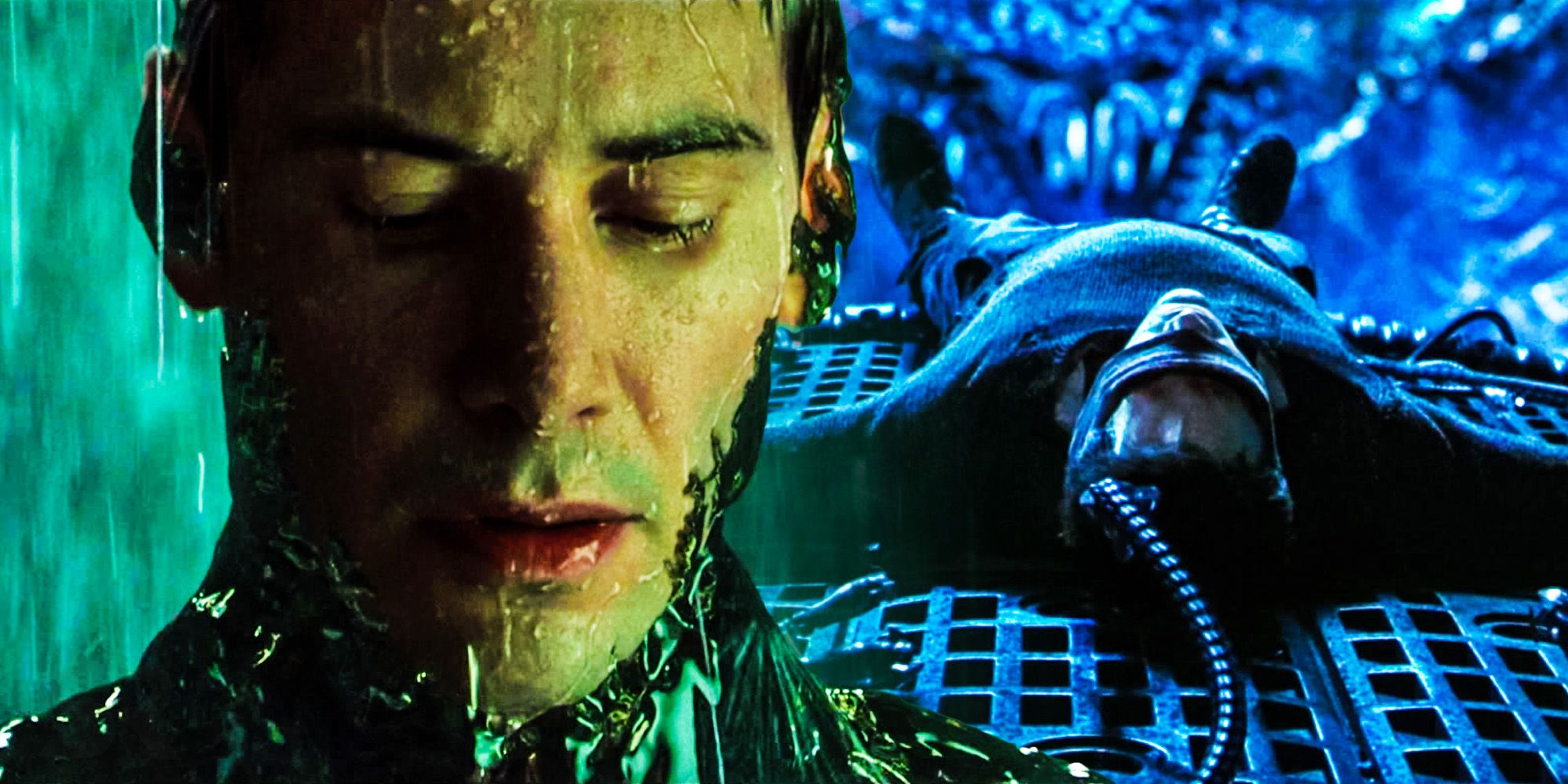
Why Neo Had To Die At The End Of The Matrix 3
Neo's death in Matrix Revolutions broke the cycle of the One. His sacrifice called into question the concepts of destiny and free will.What The Architect And The Oracle's Fight Was Really About
The Two Programs Represent Opposing Philosophies
At the climax of The Matrix Reloaded, after being told by The Oracle that he must find "The Source" of the Matrix in order to save humanity, Neo makes it to a room that he believes is a pathway to The Source. While technically correct, Neo receives a shock when he steps inside and meets The Architect, a collectivist program created by the machines to design and shepherd the Matrix program. There, Neo discovers that "The One" is merely a coding anomaly within the Matrix, and that he is one of seven previous abnormalities within the simulation.
Neo also discovers the true purpose of his destiny, namely that each version of The One has been presented with a choice: become one with The Source and choose a handful of humans from the Matrix to repopulate Zion for the seventh reboot, or return to the Matrix, which will inevitably suffer a system-wide crash that kills every human still connected to the simulation.
The Oracle was created as a human-intuitive program designed to understand humanity, she doesn't see the world in the same black-and-white binary as The Architect does.
Each of the previous versions of The One chose to return to the Source and reboot the system. However, Neo's love for Trinity continues to manifest as an unpredictable variation in the anomaly, causing Neo to choose to return to the Matrix and forge his own path. As The Oracle is a program just like The Architect, the assumption becomes that both see a similar plane of reality. However, since The Oracle was created as a human-intuitive program designed to understand humanity, she doesn't see the world in the same black-and-white binary as The Architect does.
This is the crux of their conflict: The Architect, by nature of his existence as the creator of the Matrix, believes in the inevitability and the rigorous structure of choice. The Oracle, on the other hand, understands the nuance of human behavior as a result of being so close to them, and urges Neo to choose his own path, advice that becomes integral in Neo's success at the end of The Matrix Revolutions.
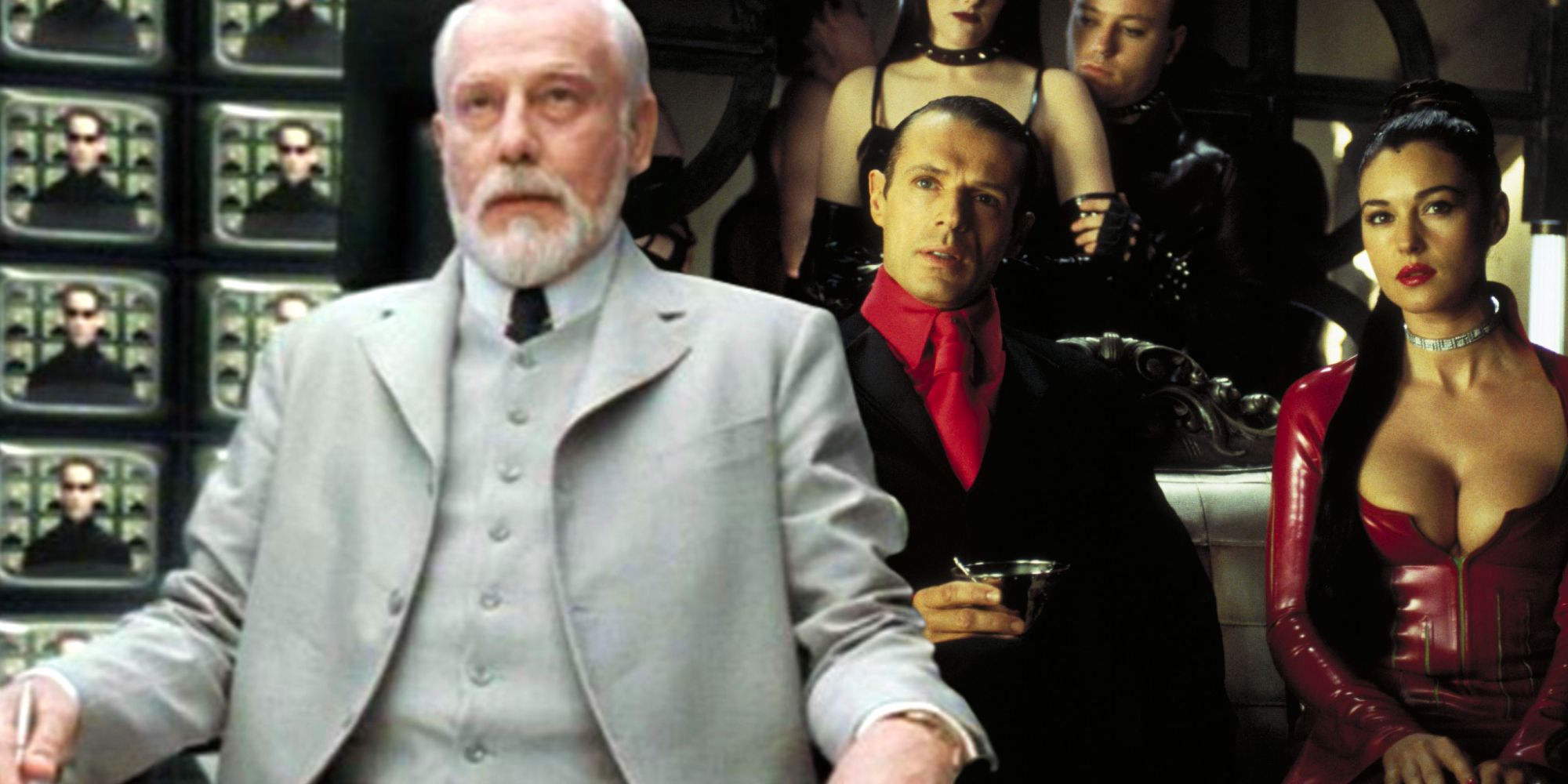
The Matrix: Every Program Seen In The Movies
The Matrix trilogy features a range of programs, from the Oracle to the Merovingian. Here's every sentient, human-like program in the movies so far.Who Was The Little Girl With The Oracle
Sati Represents The Effect Neo Has On The Programs In The Matrix
The inclusion of Sati in The Matrix Revolutions was one that confounded a lot of people, with the final movie in the original Matrix trilogy offering little in the way of straightforward answers regarding her importance. However, there's a lot of key dialogue and interactions with other people throughout the franchise that contextualizes who Sati is, as well her importance.
Firstly, when Sati appears at the beginning of The Matrix Revolutions, it's during Neo's forced imprisonment in Mobil (an anagram for Limbo) Ave., the plane of reality between the Matrix and the Machine City. After meeting the little girl, she introduces Neo to Rama Kandra and Kamala, Sati's parents as well as two programs trying to smuggle her into the Matrix through a deal with The Merovingian.
Since Sati is a program without a purpose, she's marked for deletion. When Neo asks the two parents why they want to save her so desperately, they respond by telling Neo that they love her, or rather, that they feel a strong connection to her that they define as love. They successfully get her to The Oracle, which takes her in due to the belief that she will be an extremely important component of the future for both humans and machines alike.
Since Neo is the first incarnation of The One to experience an intimate love for a singular human being, this emotion begins to ripple outwards and change the very nature of the programs within the Matrix.
Sati and The Oracle are both assimilated by Smith halfway through the film, but after the Matrix is rebooted at the end, the two of them are seen resurrected and sitting on a bench together. In keeping with the Buddhist symbolism in the movie, Sati's Matrix replacement name translates to "mindfulness" in Pali. Buddhist practices are primarily used to gain wisdom and awareness of the world, something that, according to Buddhist teachings, alleviates suffering - the ultimate goal of Buddhism.
Sati in The Matrix Revolutions, therefore, represents the profound effect that Neo's presence has on the rest of the system. Since Neo is the first incarnation of The One to experience an intimate love for a singular human being, this emotion begins to ripple outwards and change the very nature of the programs within the Matrix. Sati's unique blend of emotion and programming, therefore, provides an indication that there may be more creations like her in the future of the Matrix borne from Neo's transcendent sacrifice.
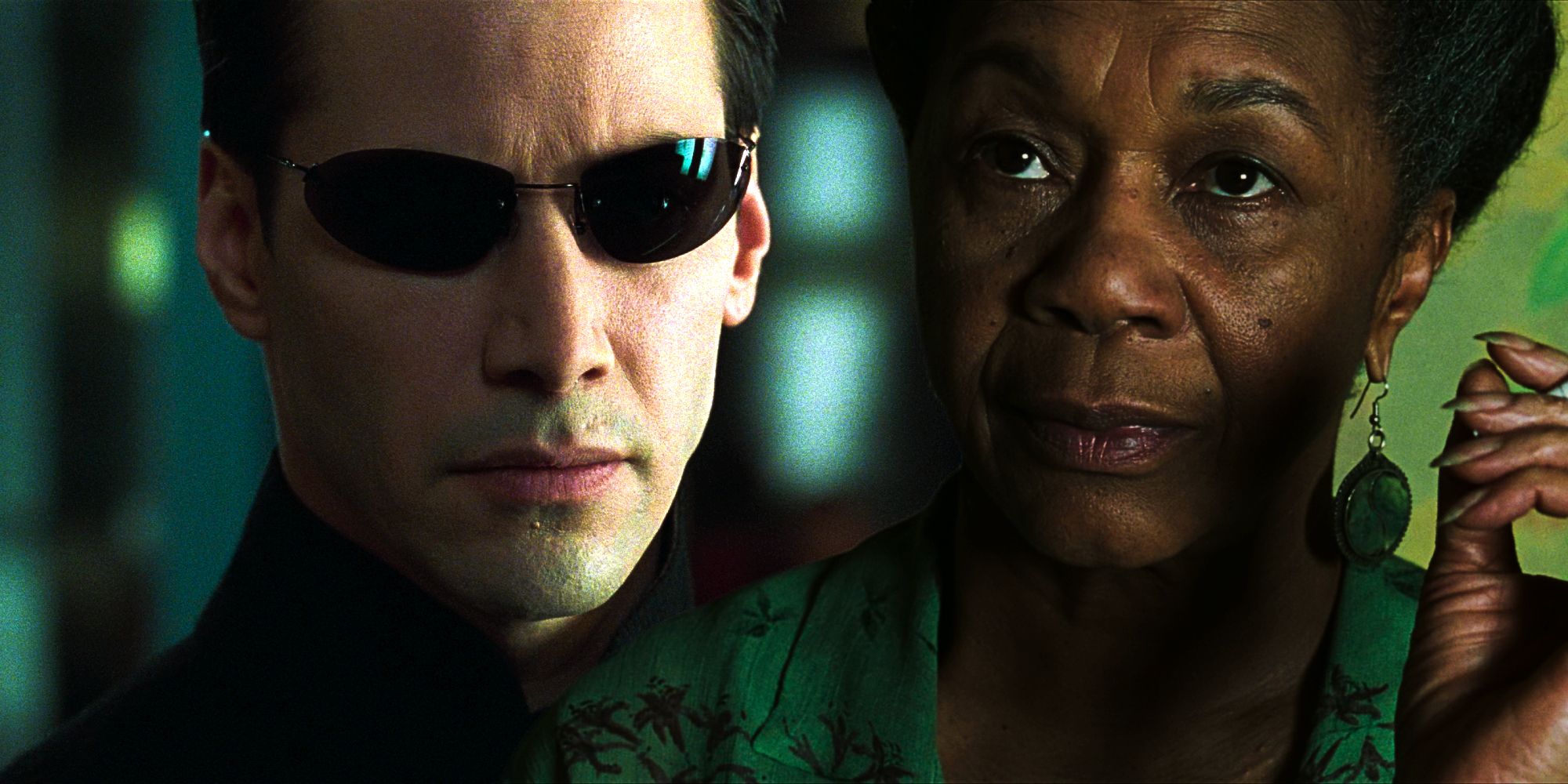
All 8 Cycles Of The Matrix Explained
From the first Matrix simulation to the Analyst’s Matrix reboot in The Matrix Resurrections, here’s every cycle of the Matrix explained.What's Next For The Matrix And Freed Humans?
The Peace At The End Of The Original Matrix Trilogy Is Fragile
While The Matrix Revolutions ends with a tentative peace established between the humans and the machines, there's evidence to suggest that this may not always be the case. During their meeting at the end of the movie, when asked by The Architect whether she believes the peace that Neo died for will last, The Oracle responds with "for as long as it can," indicating that she herself is uncertain whether the new status quo can be maintained.
That may certainly be the case, as not everyone in Zion believed in the prophecy of The One, so Neo's sacrifice might not do much to sway those who are already committed to a hatred of the machines. Some off-shoots of the original Matrix trilogy certainly lean into this idea. The Matrix Online, a licensed MMORPG that the Wachowski Sisters have previously confirmed as canon, gave a semi-cynical continuation of the ending of The Matrix franchise.
While the peace between humanity and the machines does initially last, several militant and extremist organizations sprout up in the aftermath of Neo's sacrifice. Some of them, such as the E Pluribus Neo faction, demand that all humans be released from the Matrix into the real world, sometimes forcibly. On the other hand, the Cypherites believe that humanity should be reinserted into the Matrix to maintain a blissfully ignorant status quo. In the midst of these conflicts are new Agents, militant rebels from both the machines and the humans, as well as the ever-constant scheming of The Merovingian.
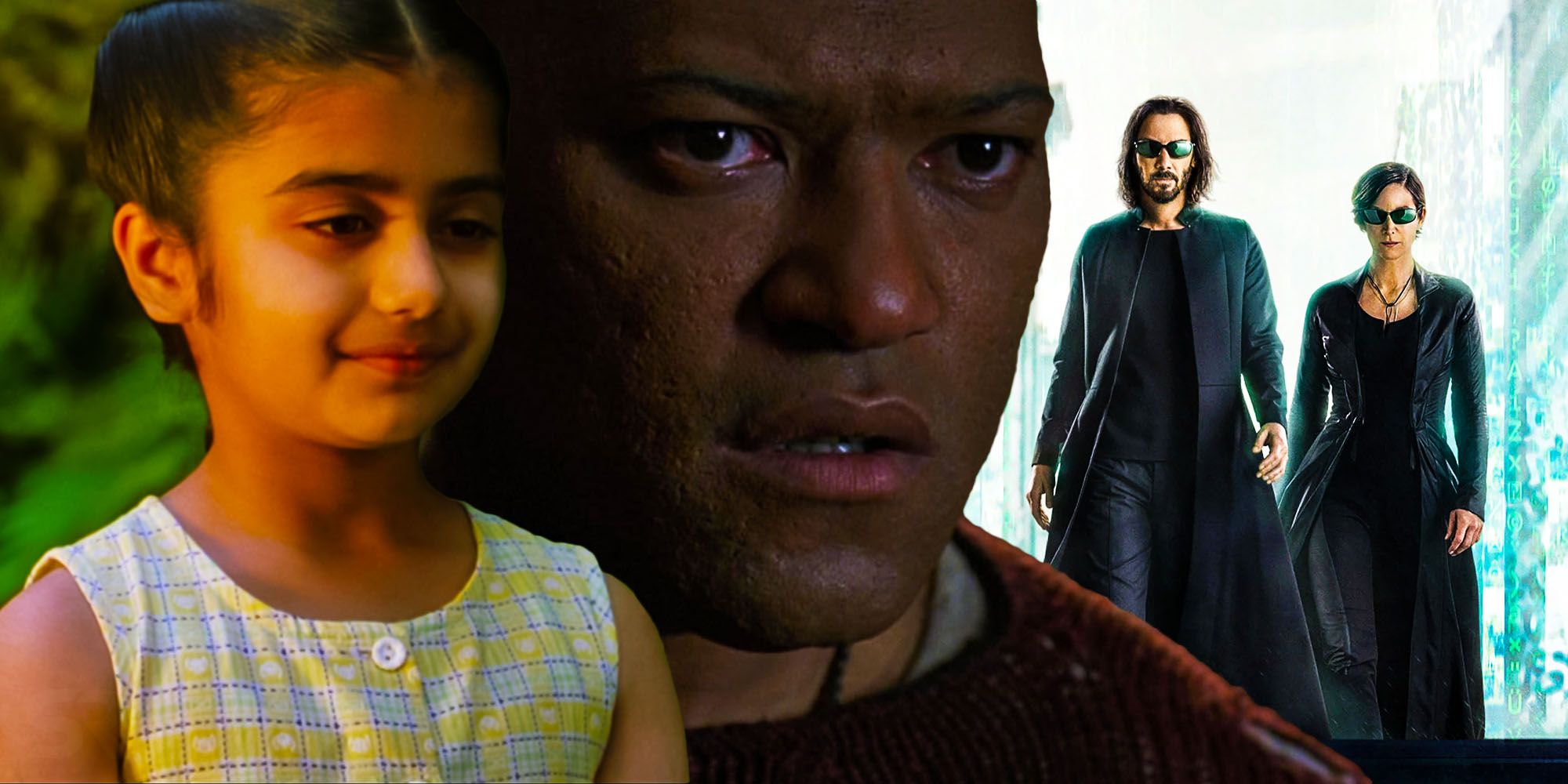
What Happened Between The Matrix 3 & 4
The Matrix Resurrections begins decades after The Matrix Revolutions concluded the original trilogy. Here's everything that happened between films.What The Matrix Trilogy Was Really About
The Core Message Is Of The Importance Of Free Will
Above all else, the true intent and meaning of The Matrix franchise is to impart the inherent value of free will among sentient life. In the first movie, Thomas Anderson (aka Neo) discovers that his entire life has simply been the simulation of decision-making; all of his choices have been made for him by machines.
1999's The Matrix ends with him rejecting this outcome and choosing to accept his destiny as The One, which he believes allows him to forge his own path. However, The Matrix Reloaded ultimately subverts this belief, as Neo once again discovers that his destiny is not his own: The Prophecy of The One is merely a role that the machines designed. The Matrix Revolutions, in turn, rejects The Architect character's theory of a binary choice and has Neo forge his own destiny, one in which he saves everyone by piously willing a third option into existence.
The franchise presents The One as a Christ-like messianic figure, and it may seem like Neo's sacrifice at the end of the final film brings him full circle as the ultimate Jesus parallel. However, Neo's arc is defined more accurately as a combination of Christ's allegory coupled with Buddhist teachings. While he does sacrifice himself for humanity in a method similar to Christ, unlike Jesus, the nature of his sacrifice is not a predestined plan that he resigns himself to.
Neo's sacrifice breaks the shackles of an arbitrary concept of "purpose" and allows everyone to finally experience free will, establishing a new status quo for The Matrix franchise.
Through Neo's sacrifice, he transcends the idea of predestination and the two "lesser evils" told to him as The One by The Architect, ultimately saving the world by simply choosing to. This has massive repercussions for the rest of the world. The machines, forced to exist in a binary "evil" connotation, are allowed to forge a tentative peace with humanity, while humans are given the freedom to leave the Matrix.
In this way, the Matrix canon establishes that even programs have started to experience a tentative form of freedom, evidenced by Sati's existence. Neo's sacrifice breaks the shackles of an arbitrary concept of "purpose" and allows everyone to finally experience free will, establishing a new status quo for The Matrix franchise.
How The Matrix Resurrections Repositions The Ending Of The Trilogy
The Matrix 4 Made Several Key Changes
2021's The Matrix Resurrections was mostly received well by fans of the franchise, though it did contain a few reveals about what happened after The Matrix Revolutions that reposition the ending of the original trilogy somewhat. For starters, the Machines restored Neo and Trinity to life as their bodies could generate much more power than regular human beings. While this decision does make sense for the Machines, it does diminish the impact of Neo's sacrifice and Trinity's death.
While none of these reveals undo the ending of the original trilogy of movies in The Matrix franchise, they did in some ways diminish some of the thematic impact of the original story.
There were also several key events that happened after The Matrix Revolutions that ended the cycle of The One and, in a way, rendered the struggles of Neo and the rest of humanity up to that point moot. The Machines were engaged in a civil war that The Analyst won, and subsequently raised Zion to the ground, with humanity resettling in Io. The Analyst also created a new Matrix which operates on entirely different rules based around fear and desire — one that humans aren't free to leave.
While none of these reveals undo the ending of the original trilogy of movies in The Matrix franchise, they did in some ways diminish some of the thematic impact of the original story. The Matrix 5 has been confirmed, so it's possible that the franchise will come full circle after Resurrections and develop in such a way which restores the importance of moments like Neo's sacrifice and the breaking of the cycle of The One.

The Matrix Revolutions
The Matrix Revolutions is the third installment of the Wachowskis' famous sci-fi saga. The movie picks up where the previous film "The Matrix Reloaded" left off, with Neo (Keanu Reeves) trapped in between the simulation and the real world. Laurence Fishburne, Carrie-Anne Moss, Hugo Weaving, Monica Bellucci, Jada Pinkett Smith, and Lambert Wilson reprise their roles once again for the threequel.
- Director
- Lilly Wachowski
- Release Date
- October 27, 2003
- Studio(s)
- Warner Bros. Pictures
- Cast
- Keanu Reeves , Monica Bellucci , Laurence Fishburne
- Runtime
- 129minutes

